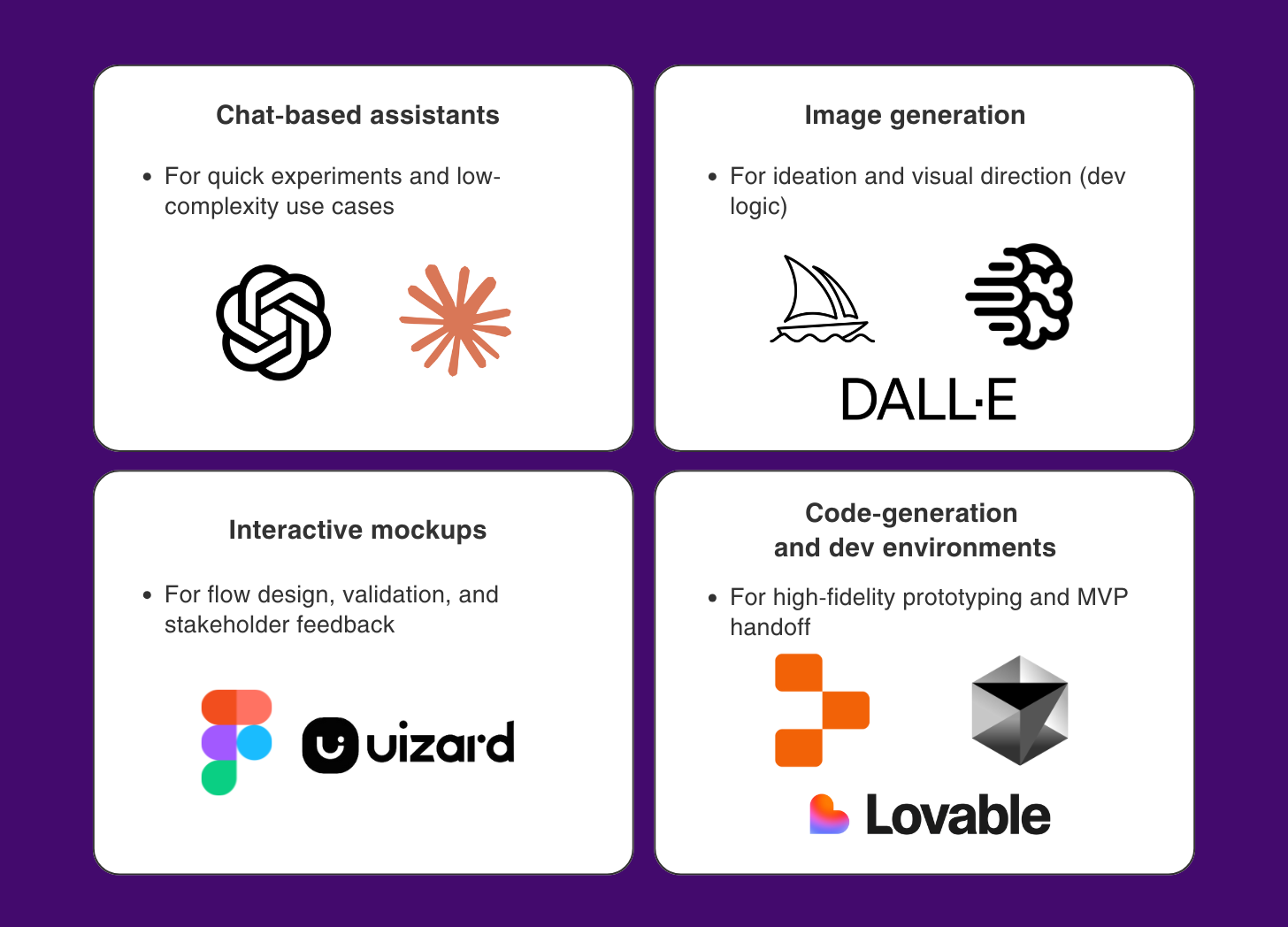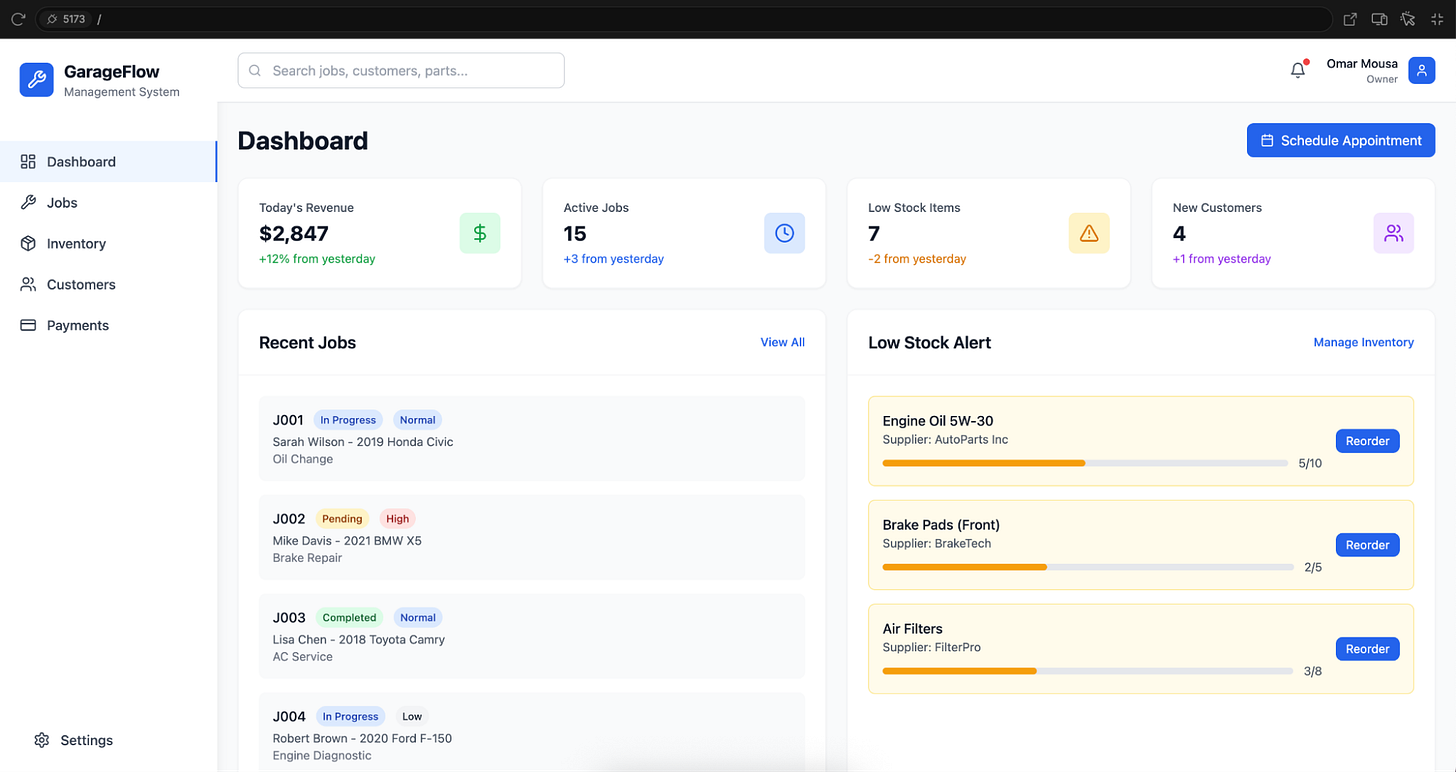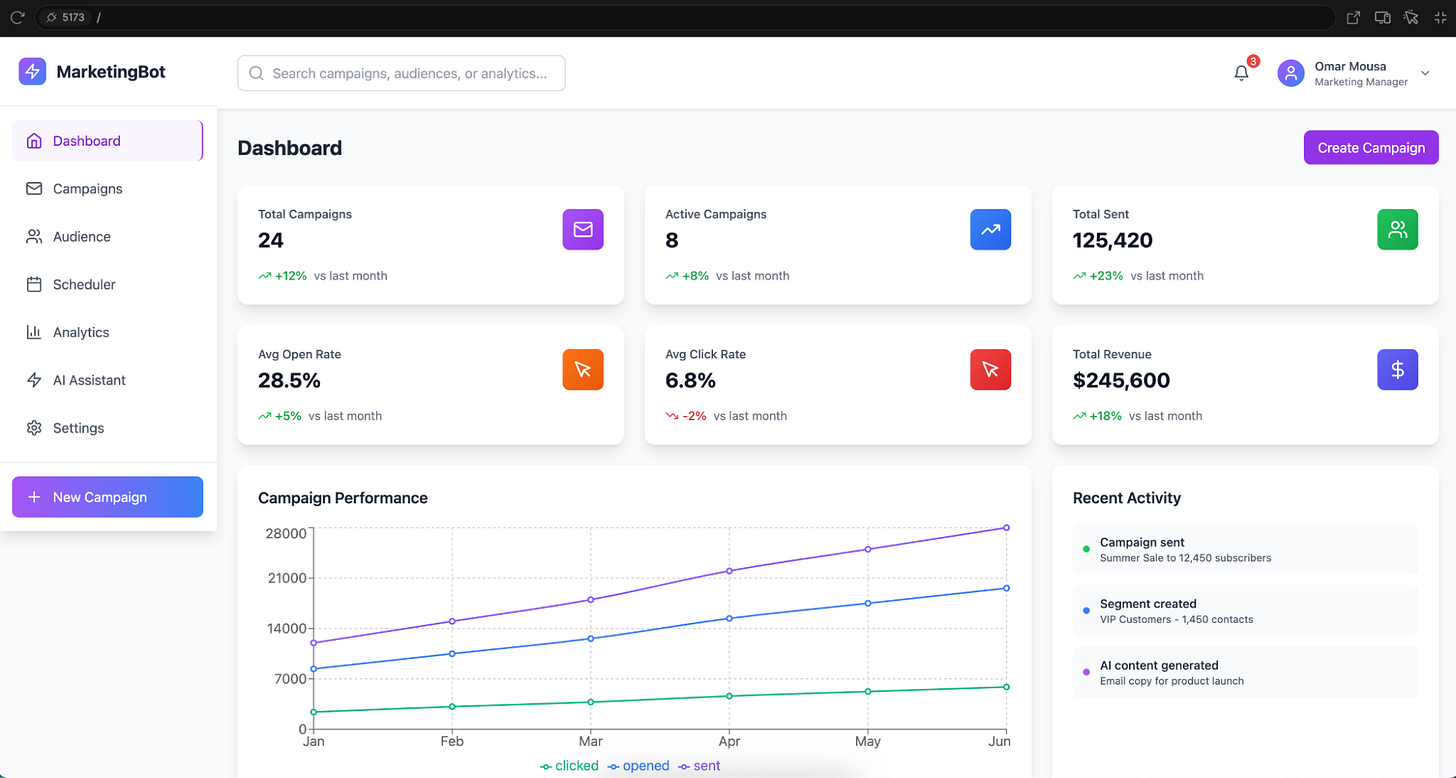How we replaced PRDs with AI prototypes (with our prompts)
Don't write 5-page PRDs when AI can turn prompts into clickable prototype in minutes. Omar Mousa shares how to make prototypes using quick and efficient AI prompts.
As a product leader who’s worked across health tech, fintech, and SaaS, I’ve seen firsthand how tools like the product requirements document (PRD) fail us. They’re too slow for today’s speed of execution and too rigid for the ambiguity we face. In a world where AI can prototype an entire journey from a simple prompt, clinging to the traditional PRD feels less like progress and more like paperwork.
Traditionally, the PRD documented the what, why, and how of a feature, while prototypes came later, trailing behind the spec. When they’re not in sync, teams are often left with outdated documentation and incomplete visual representations.
In today’s fast-paced and AI-powered environment, PRDs are becoming increasingly obsolete because:
They go stale fast. By the time a feature is groomed and prioritized, the original context has shifted
They require interpretation. Despite detailed language, engineers and designers often end up guessing
They slow down iteration. PRDs are too heavy for experiments and MVPs. They’re built for certainty in an uncertain world
PRDs don’t scale alignment. The more cross-functional your team, the more interpretation creeps in.
AI is upending this, not by making PRDs faster to write, but by making them unnecessary in many cases.
Picture this:
A product manager receives a feature request to improve the onboarding experience. Instead of writing a traditional spec, she opens Figma’s AI plugin, describes the flow in natural language, and generates a working prototype in under 15 minutes. Then, she sends it to her designer, who layers in branding and accessibility considerations. The same day, an engineer reviews the prototype, clarifies a few logic branches, and drops it into Vercel’s v0 to scaffold a functional build.
By the next morning, the team has:
A shared understanding of the user flow
Buy-in from design and engineering
A click-through experience for stakeholders to review
There’s no ambiguity, no outdated spec, and no need for hours of alignment meetings. Instead, the prototype becomes the spec, living, testable, and ready to iterate.
This isn’t the future. It’s happening today.
How AI revolutionizes prototyping
An AI prototype is more than a fancy mockup. It’s a generated and testable user experience built from prompts and logic, often in minutes. It shifts alignment from documentation to demonstration.
What used to live in separate sections of a PRD is now directly embedded in the prototype:
User stories → Simulated user journeys
Feature descriptions → Interactive mockups with annotated flows
Acceptance criteria → Edge-case walkthroughs baked into the experience
A new prototyping stack for PMs
Thanks to generative AI, product managers no longer need to wait for design or engineering to visualize an idea. But where to begin depends on the purpose. Drawing from practical frameworks like Colin Matthews’ guide to AI prototyping, here’s a comprehensive breakdown of tools by use case, fidelity, and team alignment:
Chat-based assistants (for quick experiments and low-complexity use cases): Tools like ChatGPT and Claude can generate one-page functional prototypes like calculators, forms, or basic utilities. They’re perfect for early concept testing or internal demos
Image generation (for ideation and visual direction): Midjourney, DALL·E, and Ideogram help PMs and designers quickly generate design inspiration, theme boards, or UI motifs. This is ideal for early brainstorming and aligning on visual tone
Interactive mockups (for flow design, validation, and stakeholder feedback): Tools like Stitch, Uizard, and Figma AI convert written prompts or low-fidelity sketches into high-impact, clickable flows. This is best when you need to map a user journey and share it with stakeholders for review
Code-generation and dev environments (for high-fidelity prototyping and MVP handoff): Use platforms like Replit v0, Lovable, GitHub Copilot, and Cursor for multi-page, logic-driven prototypes. These tools can generate functional apps in minutes and are ideal for validating engineering feasibility or showcasing product direction to technical teams
Whether you’re ideating, aligning stakeholders, or pressure-testing feasibility, these tools can accelerate your product development workflow and foster faster decision-making.
Reimagining the PRD
The traditional PRD isn’t dead; it has just fundamentally changed.
Here’s the lightweight PRD framework I recommend today:
Prompt + AI prototype: Start with a prompt and generate a clickable flow using tools like Stitch or Figma AI. Use clear language to describe the intended journey and core interaction
Contextual narrative: Write a concise two–three sentence summary that explains the user's goal, current pain point, and the value this feature unlocks. This keeps everyone aligned on the user need behind the flow
Edge case scenarios: Identify two to three likely edge cases that should be covered. Use Figma’s branching or comments to annotate these paths visually
Linked artifacts: Provide direct links to your prototype, relevant image boards, and any generated code snippets. Label them clearly for design, engineering, and leadership audiences
This is what I call the "AI Spec": part narrative, part prototype, but fully aligned.
How to start: Crawl, walk, run
If this sounds intimidating, don’t worry. Here’s how I recommend getting started, with practical actions for each stage:
Crawl: Choose one low-risk initiative: a small UI enhancement, onboarding tweak, or internal tool. Use a tool like Stitch or Figma AI to generate a single screen or flow from a natural language prompt. Share it alongside your traditional spec and gauge how it helps clarify the idea
Walk: For your next medium-complexity feature, replace your PRD’s feature description with an interactive prototype. Include annotations, basic edge case paths, and contextual narrative. Use the prototype as the discussion surface during sprint planning or design reviews
Run: Adopt prototypes as your team’s central alignment artifact. Replace specs with working prototypes, use tools like Cursor or Replit to hand off to engineering, and share links with stakeholders for async feedback. Layer in documentation only when needed (i.e., compliance, legal, or deeper edge cases)
This progression not only builds confidence but also shifts your entire product development cadence toward speed, clarity, and collaboration.
Getting started with AI-driven prototyping (+ Bolt AI prompts)
If you’ve never used AI tools to prototype before, it can feel overwhelming to begin. Don’t overthink it; you don’t need a complicated setup or weeks of research. You just need a tool that helps you get ideas out of your head and into a working prototype quickly.
For me, that tool is Bolt.
I’ve tried many AI prototyping platforms, and Bolt stands out for a few key reasons:
It generates real, high-fidelity UI, not just rough wireframes
It’s fast. I can go from an idea to a click-through experience in under 15 minutes
The defaults feel good. I don’t have to write long, overly structured prompts to get a usable output
It integrates well with tools like Cursor and Vercel, so getting from prototype to working code is frictionless
Prompts I use to prototype real product ideas with Bolt
Here are three examples I use when testing product ideas:
Vertical SaaS web app for garage owners
Create a desktop web application for garage owners to manage jobs, track parts inventory, and handle customer bookings. Include: dashboard, job queue, parts inventory, customer profiles, and payments.AI-powered marketing automation tool
Generate a desktop web app for small marketing teams to automate email campaigns and social media posts. Core features: campaign builder with drag-and-drop UI, AI-generated email and post copy, audience segmentation, automated scheduling, performance dashboards, and AI-powered suggestions for send times and content optimization.
AI-enabled fitness form coaching app
Design a mobile-first fitness app that records users performing exercises and provides real-time form feedback. Core features: workout library, exercise recording via camera, AI-powered form scoring, instant feedback on posture and movement, personalized tips to improve form, and tutorial content showing correct technique.
What does this mean for product teams?
Adopting AI-driven prototyping changes the dynamics across the product development lifecycle, not just in how products are scoped, but in how teams align, communicate, and build. It shifts product development from a documentation-heavy process to one that is faster, more visual, and iterative.
The pros of AI-driven prototyping:
PMs lead with simulation. Not just specs. You’re facilitating clarity through demonstration
Design becomes a shared surface. Not a gated function. AI lowers the barrier to entry
Engineering gets involved earlier. Because the prototype shows intent and nuance
Stakeholders finally get it. Because seeing > reading. And seeing = believing
With this approach, you’ll still need documentation, but that documentation will start to resemble annotations on a living prototype rather than pages of structured prose.
But the implications go deeper than workflows; they affect team culture and velocity. Teams that adopt AI-driven prototyping:
Ship faster by getting alignment earlier in the process
Reduce rework by exposing misunderstandings visually
Encourage more experimentation because iteration is cheaper
Improve stakeholder trust with clearer demos and fewer surprises
On the flip side, teams that resist this shift risk falling behind:
Specs continue to go stale before they’re implemented
Engineering loses time clarifying requirements that could’ve been demonstrated
Design continues to operate in silos, slowing feedback loops
Stakeholders disengage because they can’t “see” what’s coming
The faster teams move from idea to aligned prototype, the more quickly they learn, adjust, and win.
Don’t kill the PRD, reinvent it
PRDs still have a place. Regulatory teams still want traceability. Some stakeholders will still want to read. But if your process depends on documents alone, you’re building blind.
Next time you have an idea? Don’t just write it down. Prototype it.
What does LogRocket do?
LogRocket's Galileo AI watches user sessions for you and surfaces the technical and usability issues holding back your web and mobile apps. Understand where your users are struggling by trying it for free at LogRocket.com.






